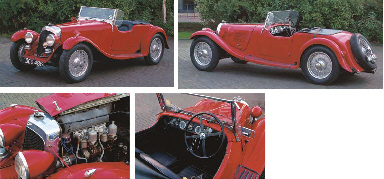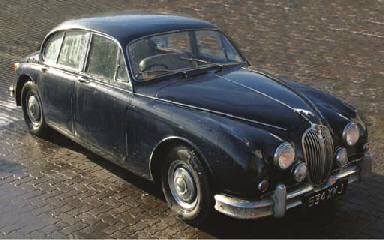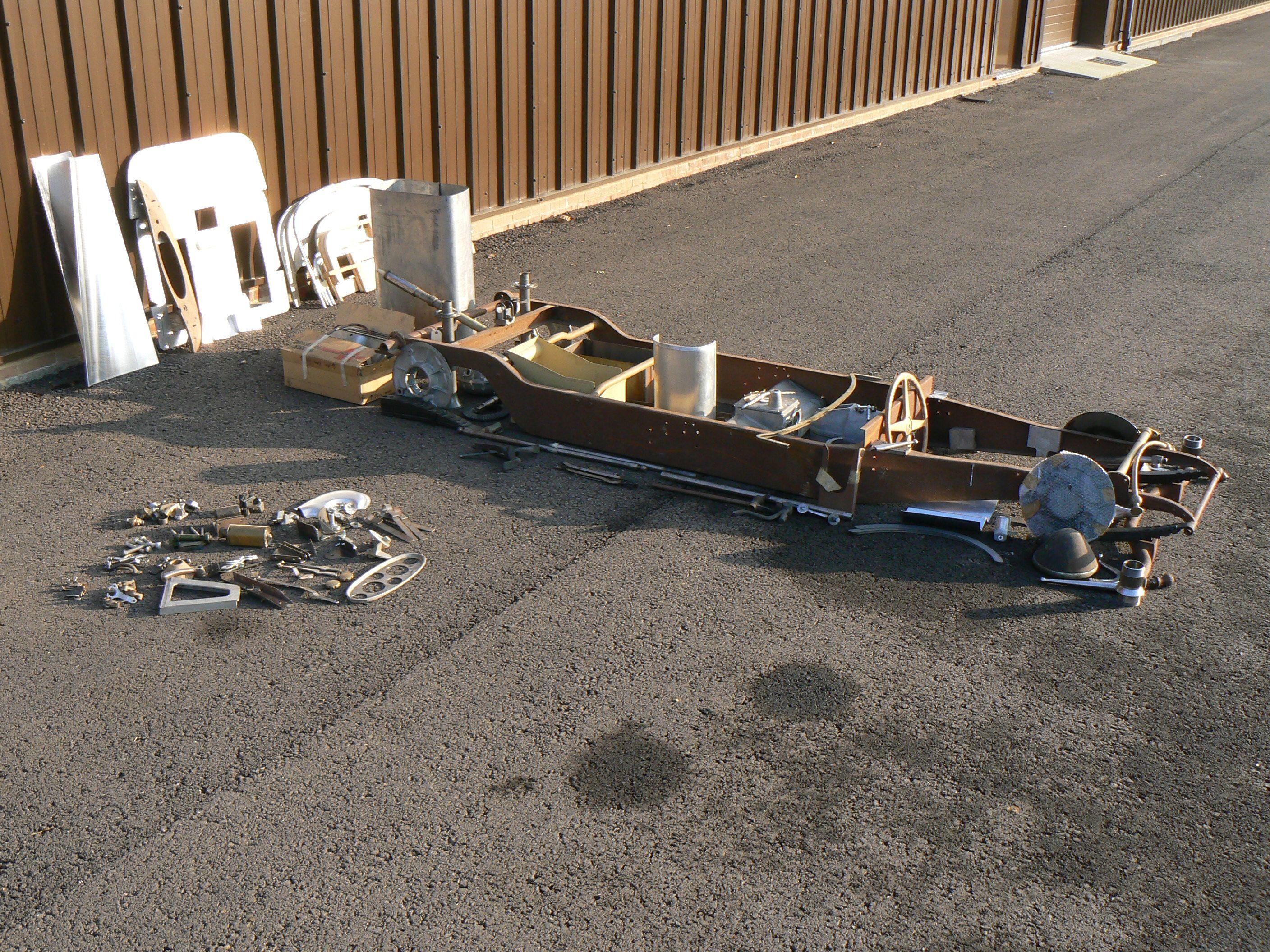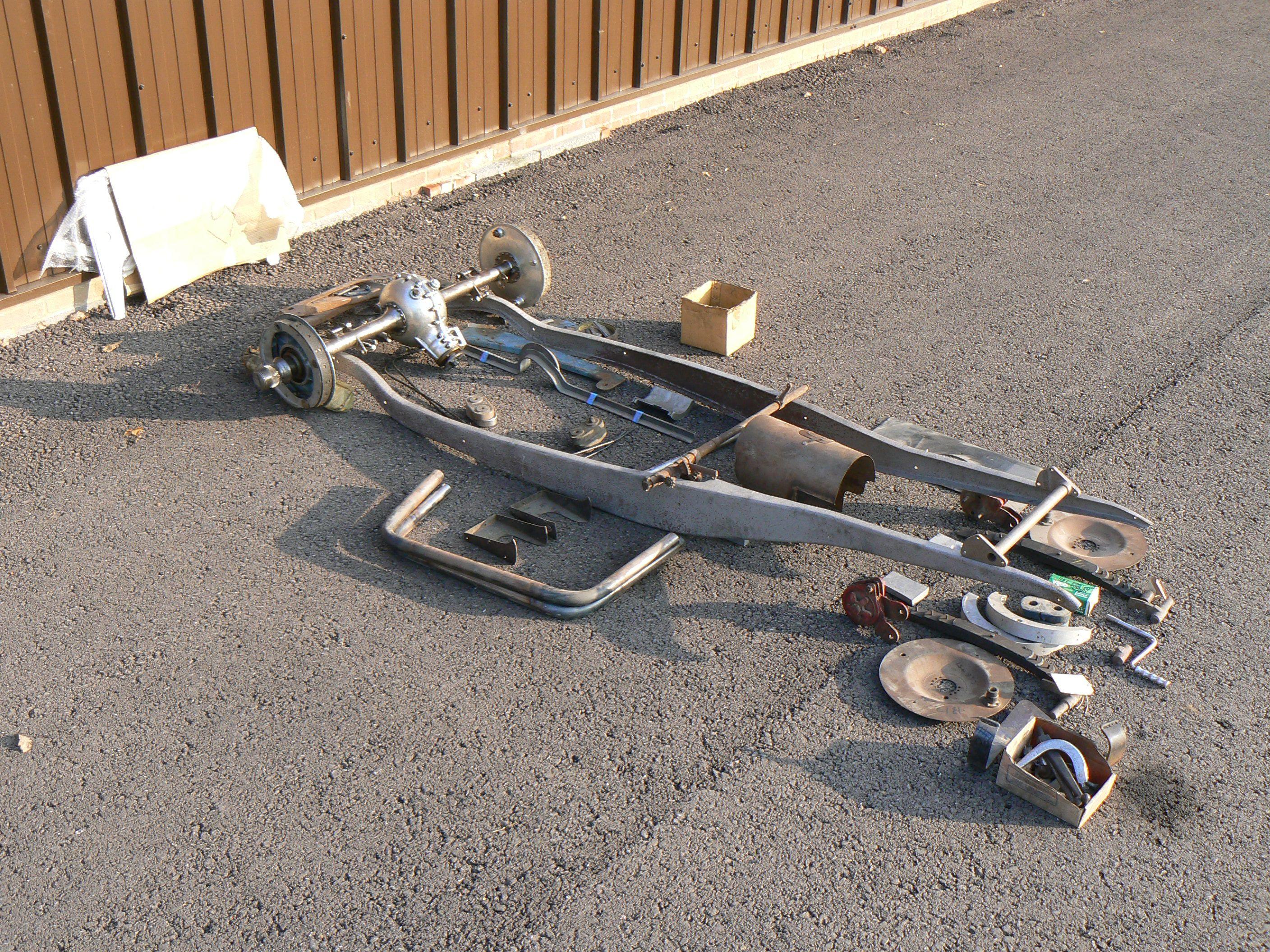Sold by Order of a Direct Descendant The C.B. and Royal Engineers Durand Medal group of five awarded to Colonel Sir H. Yule, K.C.S.I., C.B., Royal Engineers, the famous Scottish orientalist and author of many works including the Hobson-Jobson Dictionary The Most Honourable Order of the Bath, Civil Division, Companion's Badge, gold (18 carat), by Robert Garrard hallmarks for London 1860, with gold riband buckle; Sutlej 1845-46, no clasp (Lieut. H: Yule Engineers); Punjab 1848-49, 1 clasp, Chilianwala (Lieut. H. Yule. Engineers.); Royal Engineers Institute Durand Medals, obverse: bust of Major General Sir H. M. Durand, K.C.S.I., C.B., R.E.; reverse: the towers and walls of the fort at Ghuznee, in their damaged fitted and embossed case of issue, good very fine (5) Perhaps the best biography of Henry Yule is offered by Coutts Trotter in Dictionary of National Biography, 1885-1900, Volume 63: 'Geographer, born 1 May 1830 at Inveresk, near Edinburgh, was youngest son of Major William Yule (1761-1839) of the East India Company's service and of his wife Eliza, daughter of Paterson of Braehead in Ayrshire. The family was settled for several generations as tenant-farmers at Dirleton in East Lothian. The name is Scandinavian. Major Yule, Sir Henry's father, was versed in oriental literature. He retired from India in 1806 with a valuable collection of Persian and Arabic MSS. which was presented by his sons to the British Museum. He issued privately in 1832 a lithographed edition of the Apothegms of Ali, the son of Abu Talib in the Arabic with an old Persian version and an English translation by himself. Henry Yule was educated at the High School in Edinburgh, and was afterwards a pupil, first with Henry Parr Hamilton, and then with James Challis, subsequently Plumian professor at Cambridge. His fellow pupils included John Mason Neale and Harvey Goodwin the mathematician, afterwards bishop of Carlisle, who has described Yule's intellectual development as extraordinary for his years. He had, the bishop adds, 'considerable geometrical ingenuity,' but 'showed much more liking for Greek plays and for German than for mathematics.' Having acquired a competent acquaintance with the classics, he went to Addiscombe in 1837, and, passing-out head of the college in 1839, went for a year to Chatham. In 1840 he was appointed to the Bengal Engineers. His first appointment in India was among the Kásias, a primitive Mongoloid people on the north-east border of Bengal, who greatly interested him, and his account of their quaint manners and customs, of the character of the country and of its megalithic monuments, showed the best of his studies. In 1843 he came home on leave to marry his cousin Anna Maria (d. 1875), daughter of General Martin White of the Bengal Army. From 1843 to 1849 he served with a group of officers, who all afterwards attained distinction (among then Napier, Durand, Baird, Smith, Cautley, W. E. Baker, W. W. Greathed, and R. Strachey), in the restoration and development of the irrigation system of the Moguls in the North-West Provinces. His labours were interrupted by the Sikh Wars of 1845-6 and 1848-9, in both of which he took part. He was at home on furlough from 1849 to 1851 and during that period lectured at the Scottish Military Academy. While thus engaged, he wrote a volume on Fortification. Professionally it may still be read with profit, while its interesting biographical notices and portraits of famous engineers completely differentiate it from the ordinary technical treatises. A French translation appeared in Paris in 1859. His warm regard for Henry Dundas Trotter, then recently returned from his expedition to the Niger, led Yule to take an interest in the slave-trade controversy, and his able pamphlet, The African Squadron Vindicated (London, 1850), passed through more than one edition. Having early gained the confidence and regard of Lord Dalhousie, the Governor-General of India, he was in 1855 appointed Under-Secretary to t
Sold by Order of a Direct Descendant The C.B. and Royal Engineers Durand Medal group of five awarded to Colonel Sir H. Yule, K.C.S.I., C.B., Royal Engineers, the famous Scottish orientalist and author of many works including the Hobson-Jobson Dictionary The Most Honourable Order of the Bath, Civil Division, Companion's Badge, gold (18 carat), by Robert Garrard hallmarks for London 1860, with gold riband buckle; Sutlej 1845-46, no clasp (Lieut. H: Yule Engineers); Punjab 1848-49, 1 clasp, Chilianwala (Lieut. H. Yule. Engineers.); Royal Engineers Institute Durand Medals, obverse: bust of Major General Sir H. M. Durand, K.C.S.I., C.B., R.E.; reverse: the towers and walls of the fort at Ghuznee, in their damaged fitted and embossed case of issue, good very fine (5) Perhaps the best biography of Henry Yule is offered by Coutts Trotter in Dictionary of National Biography, 1885-1900, Volume 63: 'Geographer, born 1 May 1830 at Inveresk, near Edinburgh, was youngest son of Major William Yule (1761-1839) of the East India Company's service and of his wife Eliza, daughter of Paterson of Braehead in Ayrshire. The family was settled for several generations as tenant-farmers at Dirleton in East Lothian. The name is Scandinavian. Major Yule, Sir Henry's father, was versed in oriental literature. He retired from India in 1806 with a valuable collection of Persian and Arabic MSS. which was presented by his sons to the British Museum. He issued privately in 1832 a lithographed edition of the Apothegms of Ali, the son of Abu Talib in the Arabic with an old Persian version and an English translation by himself. Henry Yule was educated at the High School in Edinburgh, and was afterwards a pupil, first with Henry Parr Hamilton, and then with James Challis, subsequently Plumian professor at Cambridge. His fellow pupils included John Mason Neale and Harvey Goodwin the mathematician, afterwards bishop of Carlisle, who has described Yule's intellectual development as extraordinary for his years. He had, the bishop adds, 'considerable geometrical ingenuity,' but 'showed much more liking for Greek plays and for German than for mathematics.' Having acquired a competent acquaintance with the classics, he went to Addiscombe in 1837, and, passing-out head of the college in 1839, went for a year to Chatham. In 1840 he was appointed to the Bengal Engineers. His first appointment in India was among the Kásias, a primitive Mongoloid people on the north-east border of Bengal, who greatly interested him, and his account of their quaint manners and customs, of the character of the country and of its megalithic monuments, showed the best of his studies. In 1843 he came home on leave to marry his cousin Anna Maria (d. 1875), daughter of General Martin White of the Bengal Army. From 1843 to 1849 he served with a group of officers, who all afterwards attained distinction (among then Napier, Durand, Baird, Smith, Cautley, W. E. Baker, W. W. Greathed, and R. Strachey), in the restoration and development of the irrigation system of the Moguls in the North-West Provinces. His labours were interrupted by the Sikh Wars of 1845-6 and 1848-9, in both of which he took part. He was at home on furlough from 1849 to 1851 and during that period lectured at the Scottish Military Academy. While thus engaged, he wrote a volume on Fortification. Professionally it may still be read with profit, while its interesting biographical notices and portraits of famous engineers completely differentiate it from the ordinary technical treatises. A French translation appeared in Paris in 1859. His warm regard for Henry Dundas Trotter, then recently returned from his expedition to the Niger, led Yule to take an interest in the slave-trade controversy, and his able pamphlet, The African Squadron Vindicated (London, 1850), passed through more than one edition. Having early gained the confidence and regard of Lord Dalhousie, the Governor-General of India, he was in 1855 appointed Under-Secretary to t















Try LotSearch and its premium features for 7 days - without any costs!
Be notified automatically about new items in upcoming auctions.
Create an alert